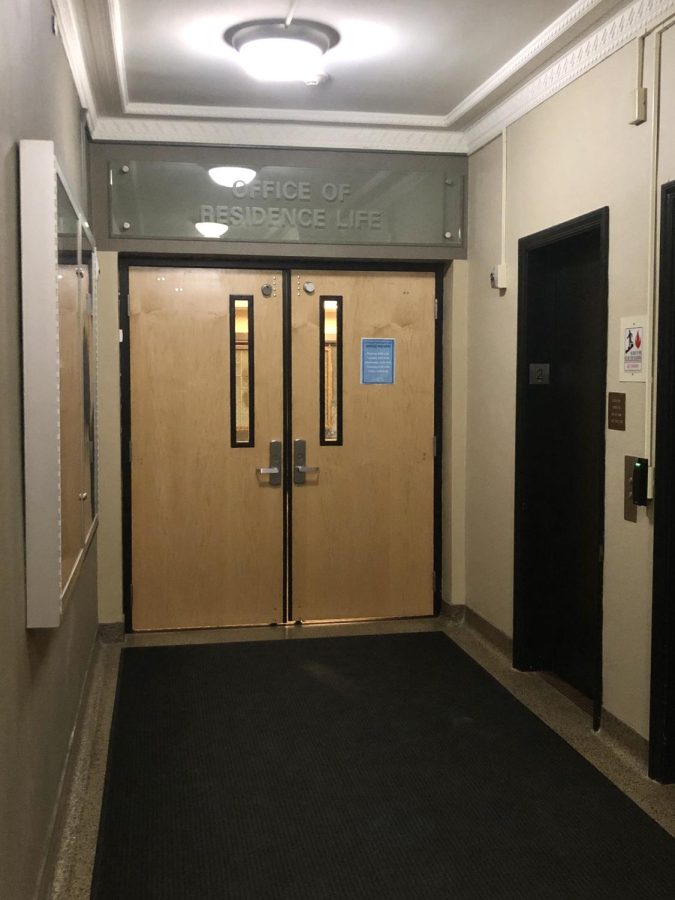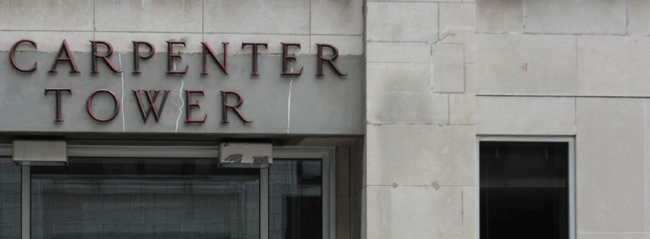The metro Milwaukee housing market continued to improve in March, with housing sales increasing by 26.5 percent.
This is the ninth consecutive month that housing sales increased by double-digit percentages. Milwaukee County showed the smallest recovery, reporting a 17.1 percent increase in home sales.
First quarter 2012 housing sales in four of Wisconsin’s major counties – Washington, Waukesha, Ozaukee and Milwaukee – increased 22.9 percent over the first quarter of 2011.
Beginning in 2009, the Obama administration implemented a first-time homebuyers tax deduction, which either lowered first-time homebuyers’ tax bills or increased their refunds.
According to David Clark, a Marquette professor of economics, first-time homebuyers rushed to buy houses in the early months of 2010. By July 2010, the tax credit was eliminated, resulting in fewer homes being sold.
The result was a skewed housing market report, Clark said.
“In 2011, there were no programs for homebuyers, so we didn’t see such a large influx of houses being bought,” Clark said.
The recovering housing market gives hope of a stronger Wisconsin economy.
“In July 2010, there were over 72,000 unsold homes in Wisconsin, and now, the number has dropped to about 52,000,” Clark said. “Wisconsin’s economy is on a slow road to recovery.”
Wisconsin has also surpassed national percentages in housing sales and decreasing unemployment rates.
Wisconsin’s recession is also less severe than other states’, Clark said.
“Wisconsin’s housing market did not overheat like other states’ did,” Clark said. “People in places like California and Nevada have a lot of their wealth tied up in their homes, so when the bubble burst, it had a severe effect.”
However, increasing housing sales have been met with increasing foreclosures.
Foreclosure activity in Wisconsin increased by 8.1 percent in the first quarter of 2012, while it fell nationally.
“Those people losing their homes are the ones who bought between 2005 and 2008,” said Mike Ruzicka, president of the Greater Milwaukee Association of Realtors.
RealtyTrac, an online marketplace for foreclosure properties, identifies foreclosure as those properties that are in default on bank loans, scheduled for auction or repossessed by banks.
“At this point in the recession, we’re seeing people who are suffering from normal recession foreclosures due to job layoffs and other factors,” Ruzicka said.
According to Ruzicka, increasing foreclosure rates, parallel to increasing housing sales, are a common feature of Wisconsin’s current economic situation.
Housing sales in suburban areas show more progress than in urban areas.
“These houses, which were already in poor neighborhoods, are getting worse because banks are taking forever to finish the foreclosure process, making it harder to sell, due to vandalism and degradation over time,” Ruzicka said.
According to RealtyTrac spokesman Daren Blomquist, Wisconsin is one of 10 states in the nation with the highest foreclosure rates.
However, Ruzicka remains optimistic about Wisconsin’s future.
“Even though we’re seeing foreclosures, we’re also seeing sales,” Ruzicka said. “It encourages us when we see this happening.”








